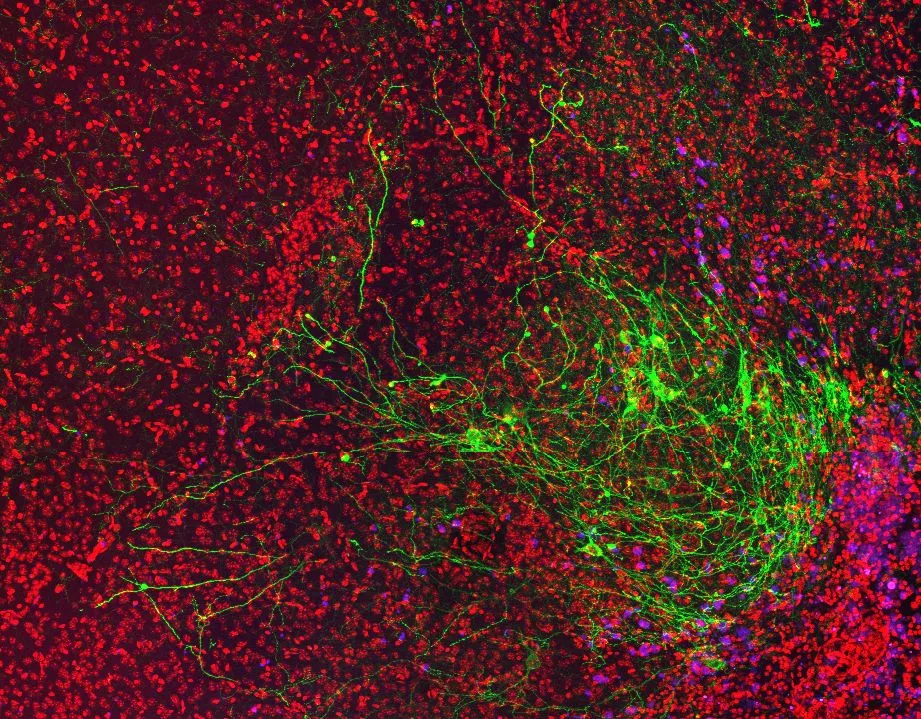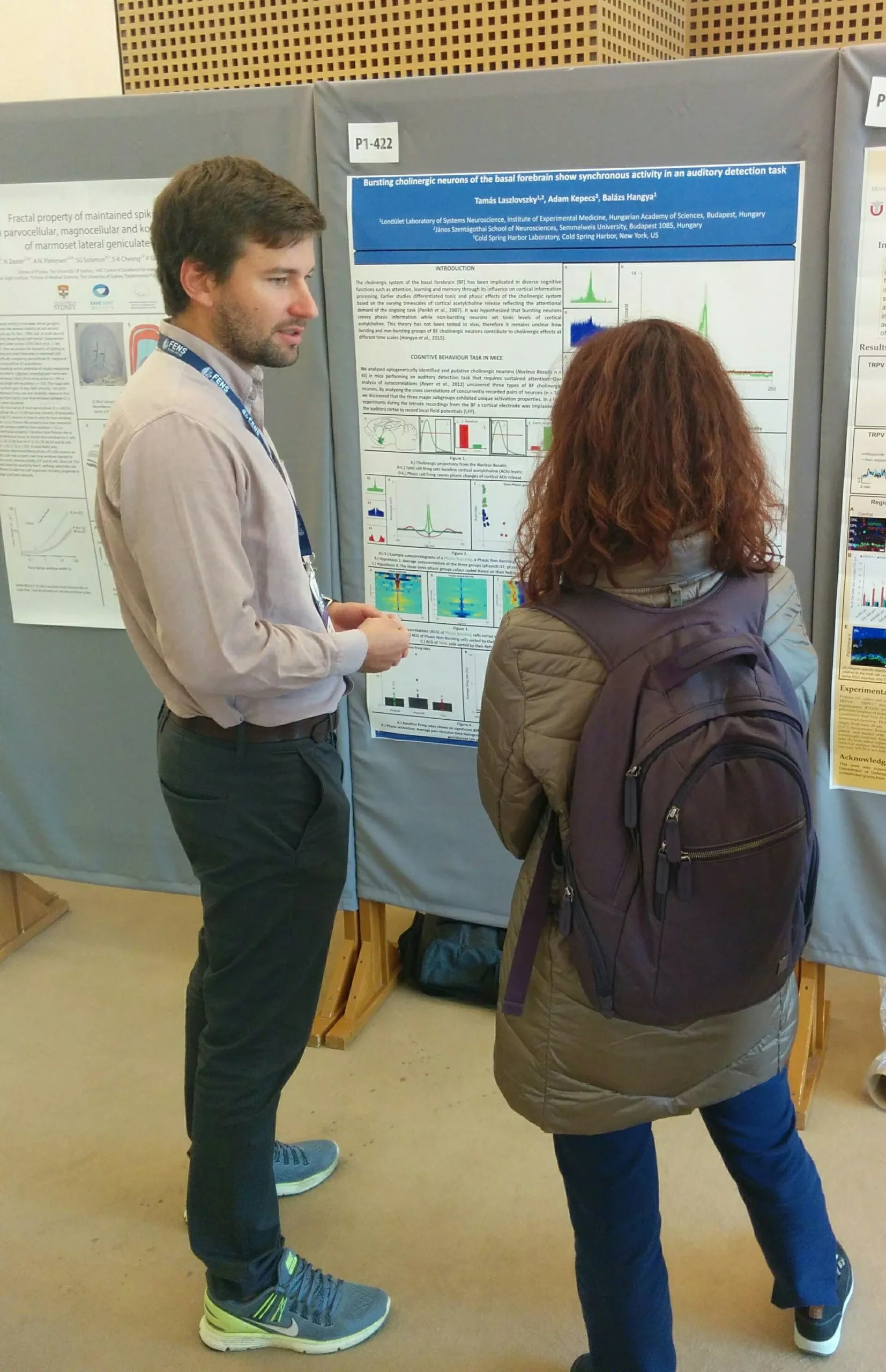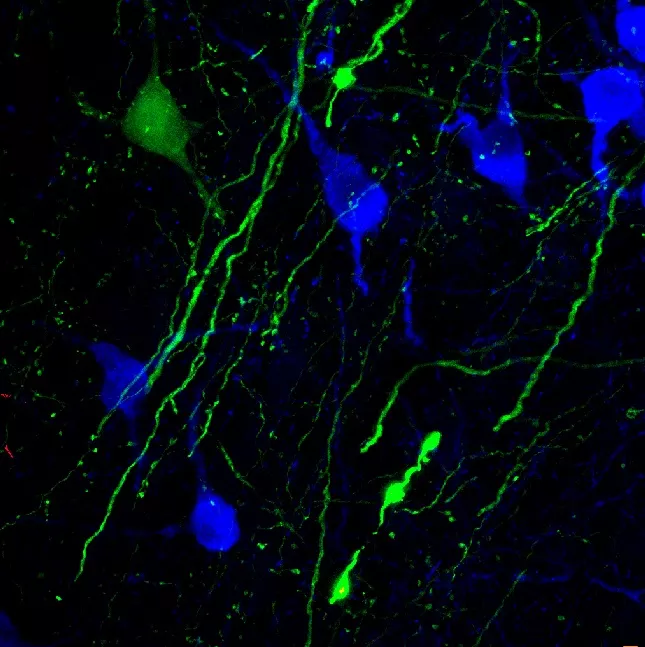Further experiments based on this discovery may determine whether it is worthwhile to design clinical research to selectively influence the two types, which could represent a significant breakthrough, in the treatment of Alzheimer's disease, for example.
The Momentum Systems Neurobiology Research Group of the Institute of Experimental Medicine (IEM) at the Eötvös Loránd Research Network, led by Balázs Hangya, has identified two markedly distinct types of cholinergic neurons, which also perform higher cognitive functions and regulate processes on a very wide time scale.



The two cholinergic cell types now identified cannot be unambiguously assigned to fast or slow processes, as both types may be able to initiate changes at very different rates. This suggests that different ratios of the two cell types found in different areas of the basal forebrain may be responsible for the precise regulation of many cortical processes. This may also explain why only one of the two types is almost exclusively present in the area of the Broca diagonal bundle, which, by influencing the frontal lobe, is likely to be among the major regulators of attentional processes.
The purpose of further experiments is to determine how the two cholinergic cell types are involved in the regulation of learning, attention and decision-making in healthy and abnormal mice, respectively. These experiments may decide whether it is worth designing clinical research into selectively influencing the two types, which could represent a breakthrough e.g. in the treatment of Alzheimer's disease.
The paper appeared in Nature Neuroscience, the most prestigious journal of neuroscience.
Laszlovszky et al. ‘Distinct synchronization, cortical coupling and behavioral function of two basal forebrain cholinergic neuron types’,
Nature Neuroscience on 22 June 2020 DOI 10.1038/s41593-020-0648-0
URL: https://www.nature.com/articles/s41593-020-0648-0
Contact: Dr Balázs Hangya, hangya.balazs@koki.hu